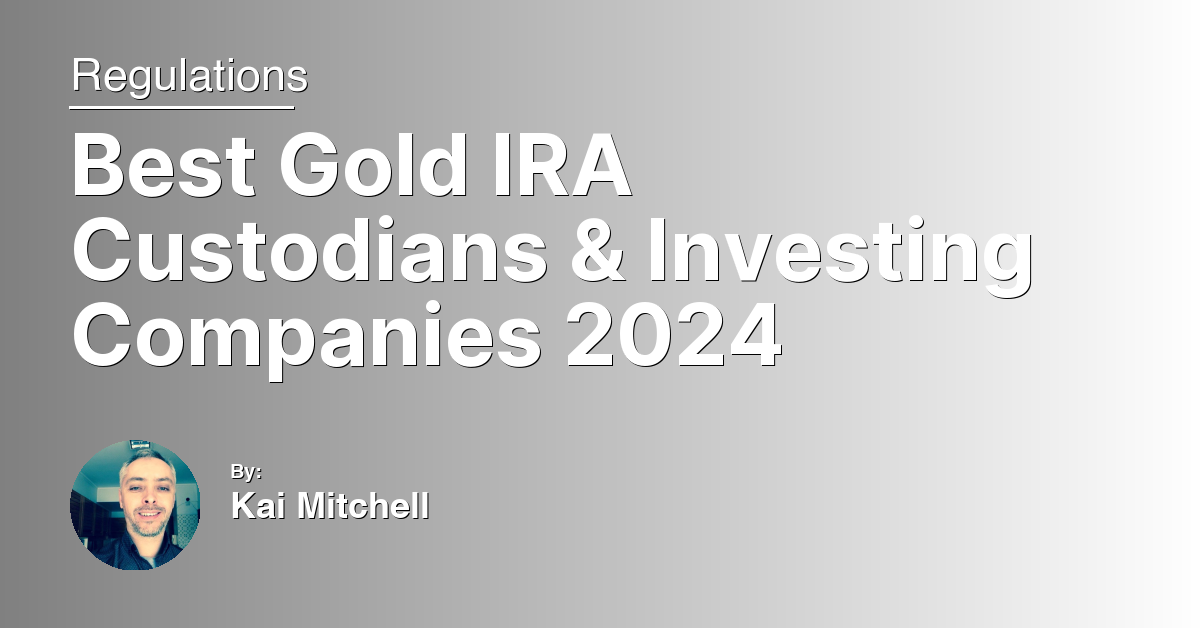Embarking on the journey of diversifying one’s retirement portfolio often leads investors to explore the lustrous realm of precious metals. Silver, with its gleaming allure, presents an enticing option for those looking to hedge against economic fluctuations. However, integrating silver into an Individual Retirement Account (IRA) is not without its intricacies. This article delves into the critical rules and tax implications associated with silver IRA investing, offering a roadmap for those aiming to navigate the complexities of precious metals investment with finesse and foresight.
Investing Basics and Types

Investing basics in a Silver IRA involve understanding the types of investments you can include. Precious metals, notably silver and gold, are popular choices due to their reputation as a hedge against inflation and economic volatility. These investments can be in the form of bullion or coins, such as the American Silver Eagle, and must meet specific fineness standards.
Investments within a Silver IRA can also encompass other assets like stocks, bonds, mutual funds, and money market funds, providing opportunities for diversification. It’s crucial to choose a custodian bank approved by the IRS to manage these investments. The custodian ensures compliance with IRS regulations, including those related to required minimum distributions (RMDs) and tax advantages.
Understanding the tax implications is vital. Traditional IRAs offer tax-deferred growth, meaning you pay taxes on withdrawals, potentially at a lower rate in retirement. Roth IRAs, conversely, provide tax-free growth, with contributions made post-tax but withdrawals being tax-free, assuming certain conditions are met. Capital gains tax does not apply within an IRA, offering a clear advantage over direct investment in precious metals or other assets outside of these accounts.
Advantages and Disadvantages
**Advantages** of investing in a Silver IRA include diversification of retirement assets, which can protect against inflation and currency devaluation. Precious metals like silver and gold have historically maintained their value over time, offering a hedge against economic downturns and financial crises. Investing in a Silver IRA can provide a tax advantage, as contributions may be tax-deductible, and assets can grow tax-deferred in a Traditional IRA or tax-free in a Roth IRA.
However, there are also **disadvantages**. Silver, like all precious metals, can be volatile in the short term, leading to potential losses. The requirement for a custodian bank adds an additional layer of fees for storage and insurance, which can erode investment returns. Silver does not generate income, such as dividends or interest, which other investments like stocks, bonds, or mutual funds might. Finally, IRS rules mandate that only certain forms of silver (e.g., bullion coins like the American Silver Eagle) can be included, limiting investment options.
Investors must weigh these pros and cons against their financial goals, risk tolerance, and investment timeline to decide if a Silver IRA aligns with their retirement planning strategy.
Managing Costs and Choosing Assets
Investing in precious metals within an IRA requires understanding the valuation of these assets, which can be influenced by factors such as the economy of the United States, interest rates, and market liquidity. It’s also important to be aware of the costs associated with storage and insurance, as these can impact overall investment returns.
Lastly, consider the rules set by the Financial Industry Regulatory Authority and the U.S. Securities and Exchange Commission regarding the types of precious metal coins and bars eligible for IRA investments. This ensures compliance and maximizes the tax benefits associated with these investment vehicles.
FAQ
How does a silver IRA work?
A silver IRA works by allowing individuals to invest in physical silver bullion coins or bars instead of traditional assets like stocks and bonds. The purchased bullion is stored with an independent IRA custodian for security and safekeeping.
What are the IRS rules for precious metals IRA?
The IRS rules for precious metals IRA require gold to be 99.5% pure, silver to be 99.9% pure, and platinum and palladium to be 99.95% pure in order to be accepted by STRATA.
Is silver good for IRA?
Silver can be a good option for an IRA as it can help diversify your portfolio and protect against inflation. However, it is important to note that precious metals like silver can be volatile and may not consistently outperform traditional assets like stocks and bonds in the long run.
Can you hold physical silver in an IRA?
You can hold physical silver in an IRA.

